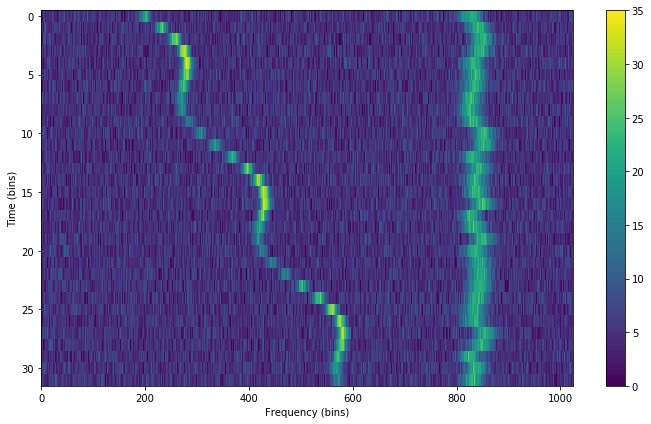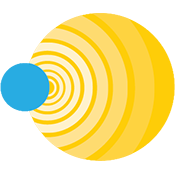Making synthetic technosignatures to aid radio SETI searches
In the search for extraterrestrial intelligence (SETI), we are fundamentally looking for signals that have never been detected before. That said, in radio SETI, we do make the assumption that intelligent civilizations emit radio waves, intentionally or not, as a normal byproduct of technology, just like our own civilization. We regularly detect human-generated radio emission (RFI) with our telescopes, and this becomes a very difficult confounding factor for SETI.
In order to find and isolate candidate signals, we need to have algorithms that detect radio signals above an intensity threshold and reliably differentiate them from RFI. As our target signals have technically never been found, we rely on basic assumptions about ET signals — for example, a technosignature should change in frequency smoothly over time as a result of orbital acceleration around its star. However, without example data, it can be hard to assess the effectiveness of our search algorithms and to develop new ones.
To address this, we developed Setigen (https://github.com/bbrzycki/setigen), a Python library to create synthetic technosignatures in radio time-frequency data. Setigen facilitates the creation of fully synthetic radio data, as well as the injection of synthetic signals into real observational data. Signals can be customized along multiple axes, such as signal path in time-frequency space, intensity variation as a function of time, and spectral shape.

Synthetic signals injected into a waterfall plot using setigen.
Setigen is already being used to test Breakthrough Listen signal search methods such as TurboSETI. To do so, we create datasets of synthetic signals at various signal-to-noise levels and evaluate the signal recovery rate of our search algorithms. In addition, Setigen has been used to create hybrid datasets with real data and injected synthetic signals for training machine learning models, including Breakthrough Listen's Kaggle competition (https://www.kaggle.com/c/seti-breakthrough-listen).
More details about the library and the creation of radio SETI data products can be found in Brzycki et al. 2022 (https://arxiv.org/abs/2203.09668), which has been accepted for publication in the Astronomical Journal.
Header image: The carrier signal from the Voyager spacecraft (left) and a synthetic signal from setigen (right).
